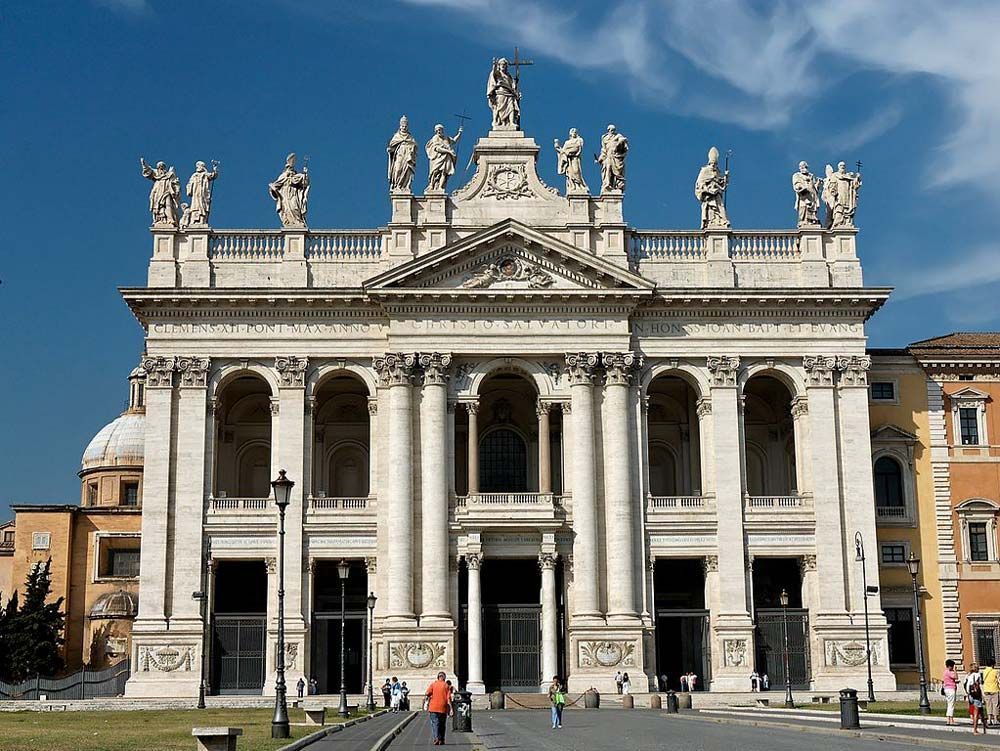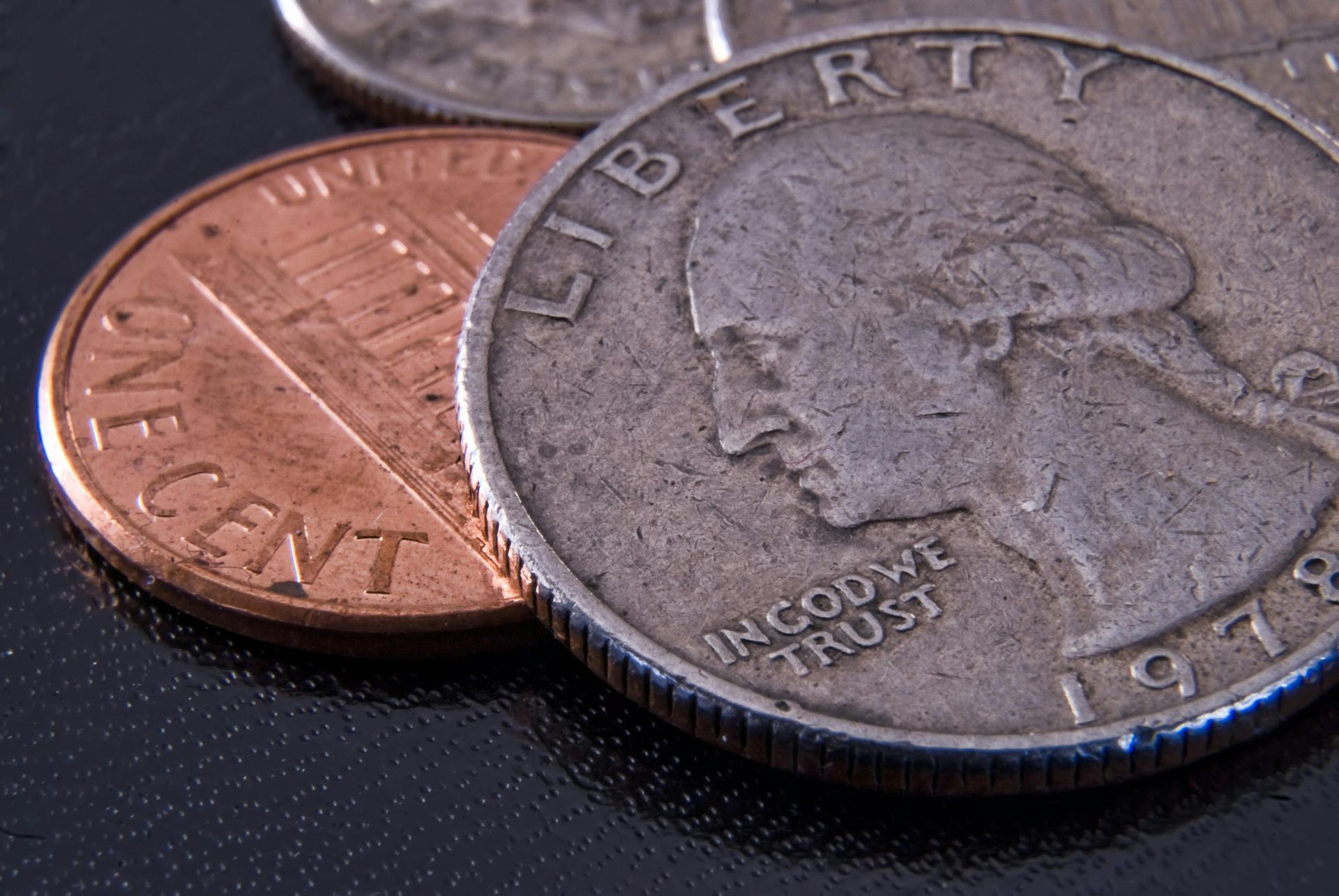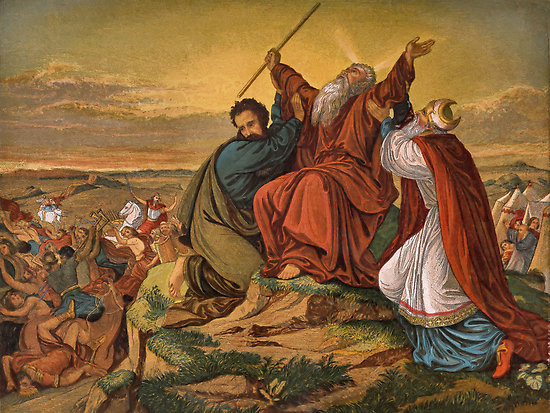5th Sunday of Lent C - April 6, 2025
5th Sunday of Lent C
April 6, 2025
Often someone will approach me and ask if I can do x y or z on such and such a date. I am not always good and knowing my schedule in the future, so I will say, “send me the dates and I will get back to you.” Sometimes they will send me the dates, sometime not. If I say yes, I may find I have a conflict.
This is a stalling tactic giving me time to discern how to respond. This is what Jesus does as he writes on the ground. He knows the Scribes and Pharisees are using the woman to trap him, so he bends down to scribble in the dust to have time to answer them.
When he does answer them, his statement is not about the woman’s actions, but about the motives of the accusers. He knows they hope to trap him. If he suggests the woman be released, he has broken the Mosaic law, if he suggests she be stoned he will be in trouble with the Romans. So, he focuses on the motive and state of the accusers.
In our first reading we are reminded that God is doing something new. Jesus does something new. He doesn’t focus on what the law says, but he focuses on what is in the heart of the accusers. Mosaic law says that those caught in Adultery, both the man and the woman should be killed. Here we only have the woman. We are told she was caught in the act, but where is the man?
For the season of Lent, we have been piling stones in our desert. These stones are the Character defects we wish to reform in this season. They are not for killing others but given to God to use to build us into a new creation. Jesus allows the woman to become a new creation. He refuses to condemn her, He encourages her to sin no more and to go free from the accusations of the temple officials.
Have you been like the woman accused by others? How did you experience the forgiveness of your God? When have you been like a Scribe or Pharisee pointing the accusatory finger at another? Cast aside the stones you have wanted to hurl at the other and look inside your heart and see how God’s forgiveness has made you a new creation.






